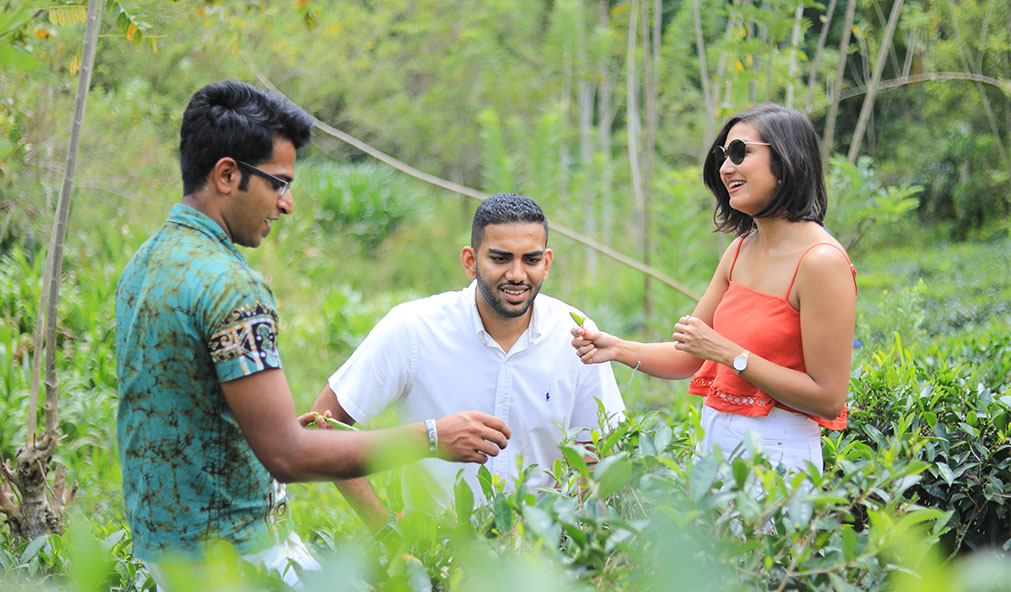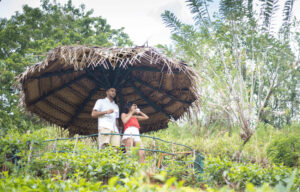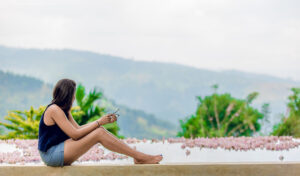For such a tiny island, Sri Lanka is packed with so many wonders and that in itself is a wonder! Regardless of where your interests lie – history, culture, leisure, adventure, relaxation, wellness – there is just so much to see and do in this island paradise. Whatever your ultimate goal may be for your trip, there are some key places that you should not miss out on. One such experience that all Sri Lanka travel guides will recommend is exploring tea country.
There are many adjectives that have been used to describe Sri Lanka’s hill country and tea estates: rolling, undulating, scenic, picturesque, verdant, lush, stunning, breathtaking… the list goes on and on. Yet, none of these words is fully capable of capturing the true beauty of the hill country – it is only when you see it for yourself that you will appreciate just how wonderful it is.
If you would like to witness the marvels of Sri Lanka’s tea country, then we would recommend Kandy. Along with Nuwara Eliya, Kandy is one of the most popular tea-growing regions in the island. Some of the well-known tea estates in and around Kandy are: Uplands Tea Factory, Dehiwatte Tea Factory, Udayakanda Tea Factory, Kadugannawa Tea Factory and Orange Field Tea Factory.
Guided factory tours at Orange Field Tea Factory
As a guest of Mount Havana, we are happy to arrange a visit to Orange Field Tea factory for you. Established in 1950, Orange Field is situated in Panwilatenna in Kandy which is a short drive from Mount Havana. This estate produces black tea and is engaged in exporting primarily to the Middle Eastern market and CIS (Commonwealth of Independent States) countries.
You can get a guided tour of the factory by making an appointment in advance. In the 45–60 minute-long tour, you will be taken through the entire manufacturing process.
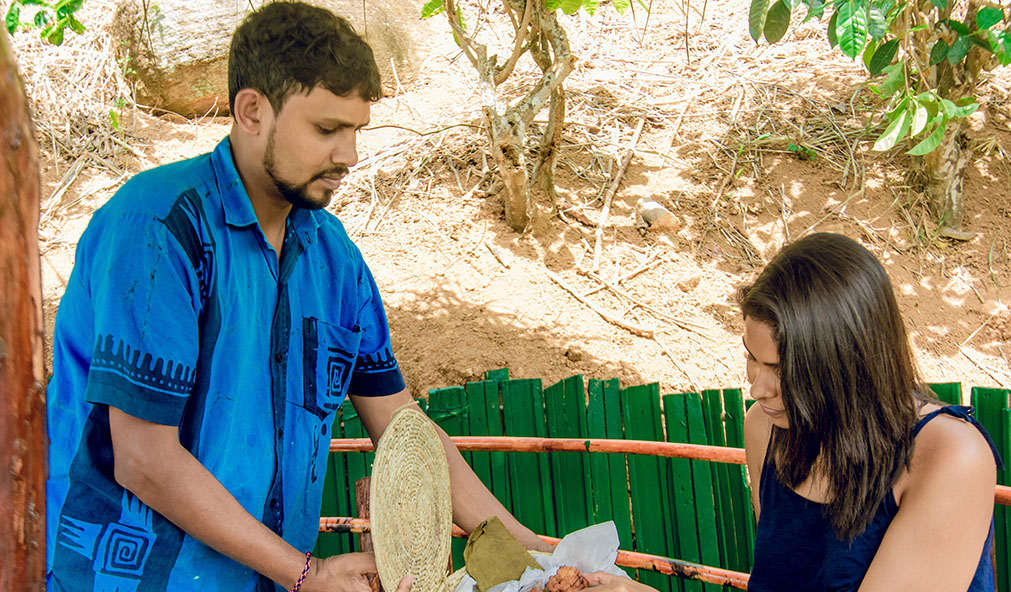
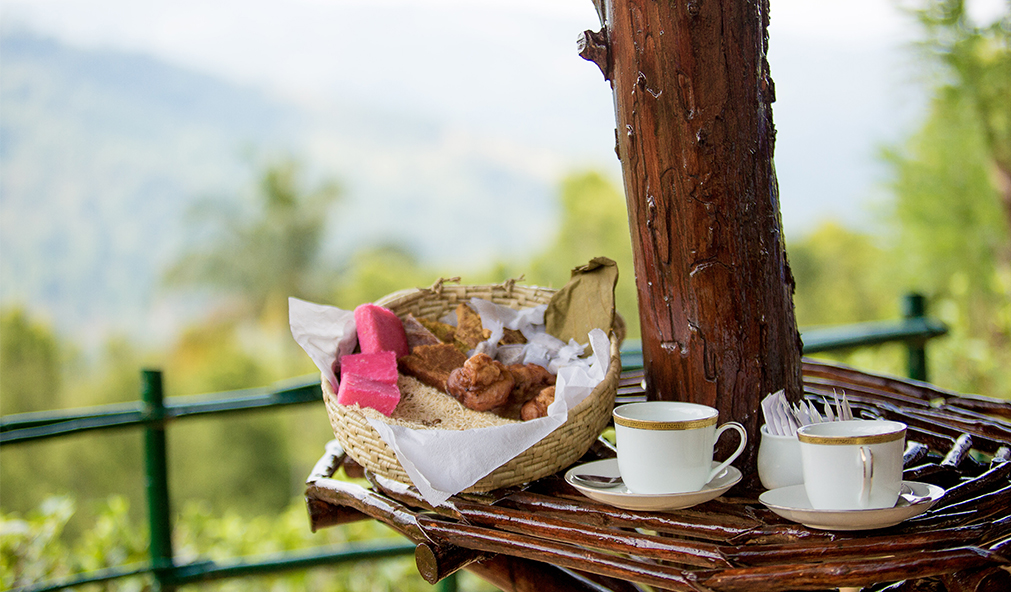
Tea manufacturing involves four main steps:
- Step 1: withering – Moisture is removed from the freshly plucked leaves by placing them in withering troughs which fan hot air onto the leaves.
- Step 2: rolling – Rolling breaks down the leaf cells which facilitates the mixing of the leaves’ chemical components with its enzymes.
- Step 3: fermentation/oxidization – The rolled leaves are spread out on tables or perforated aluminium trays. This allows oxidization to take place.
- Step 4: firing/drying – In this final stage, the remaining moisture in the leaves is destroyed. This step also balances the flavour by removing the less desirable compounds and accentuating the more desirable ones.
The tour ends with a tea tasting session at the tea centre. This is a unique opportunity to sample a variety of freshly manufactured tea. You can also purchase unblended, single origin tea so you can continue enjoying that refreshing cuppa when you return home.
Learning about the history of Ceylon tea
Tea plantations emerged in Sri Lanka during the rule of the British. Interestingly, the origins of Ceylon tea lies in the cultivation of coffee which was happening in the 1870s. Unfortunately, the coffee plantations were hit by a fungal disease which was referred to as the ‘coffee blight’ and that put a stop to the growing of coffee.
Prior to this, in 1842, a tea plant had been brought to Ceylon from China for non-commercial purposes. This was planted at the Royal Botanical Gardens. More plants were also brought in from Assam and Calcutta in India. Then in 1867, James Taylor started a tea plantation in the Loolecondera estate in Kandy. With the destruction of coffee plantations, all the coffee estates turned to growing tea.

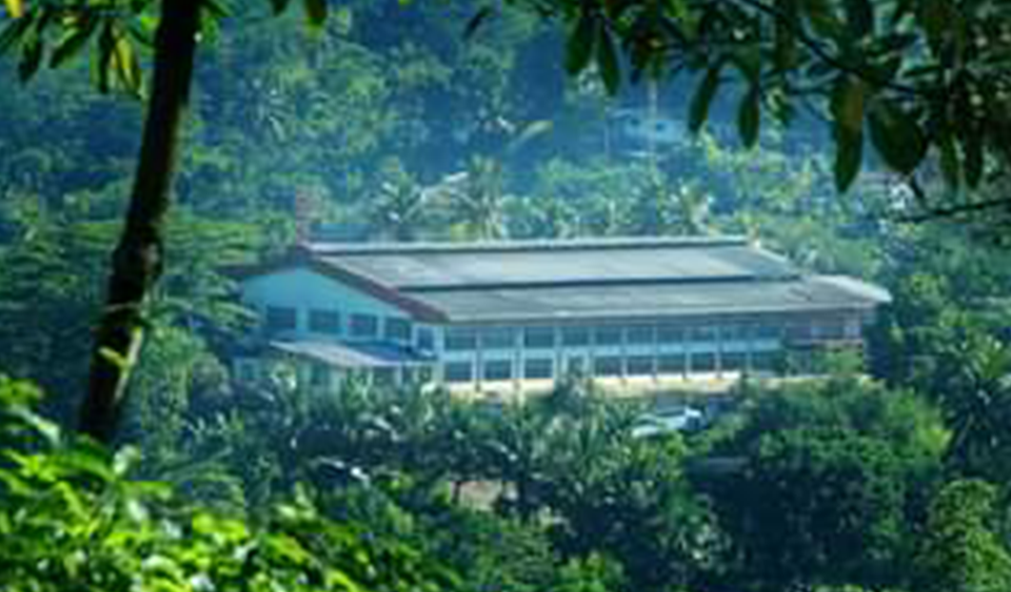
While travel guides on Sri Lanka can fill you in on the history of Ceylon tea, one thing it cannot do is to give you a first-hand viewing of the machinery used during the colonial era. For this you should visit The Ceylon Tea Museum in Hantana. The four-story museum has on display some of the original tea manufacturing equipment from centuries ago, going as far back as the first tea estate founded by James Taylor. In the museum there is a library that is packed with invaluable resources like books, periodicals, newspapers, manuscripts and audio-visual material. There is also a tea sales centre on the third floor. Prepare to be blown away by the panoramic views from the fourth floor. Find yourself a vantage point at the cafe and take in the stunning scenery as you sip a delicious cup of freshly brewed tea.
A day in the life of a tea plucker
Sri Lanka is the fourth biggest producer and fourth biggest exporter of tea in the world. What makes these figures fascinating is the fact that tea plucking is done completely manually. The tea leaves that are used for processing have to be a bud and two leaves. Knowing this very specific requirement, it is truly awe inspiring to see how deftly and quickly the tea pluckers are able to fill their baskets.
At Mount Havana, you get to observe tea pluckers at work. Eight acres of the Mount Havana premises are covered in tea plantations. You can walk amongst the tea bushes and follow the tea pluckers as they work. If you are keen, they can even teach you to identify the bud and two leaves. Maybe you can put your skills to the test and see how quickly you can pluck these!
An immersive tea country experience at Mount Havana
If exploring the hill country is on the agenda for your visit to Sri Lanka (and it absolutely should be!), you don’t have to waste your time looking at Sri Lanka travel guides; just come stay at Mount Havana. With 8 acres of tea plantations in our 25-acre property, you will have a tea estate literally at your doorstep!
Mount Havana is located in Gampola – a region renowned for mid-grown Ceylon tea. When you stay at Mount Havana, not only will you be surrounded by a tea estate, you will be staying in tea country. The experience does not get more authentic than this. Want a true-blue tea country experience? Get cracking and book your stay at Mount Havana now!

